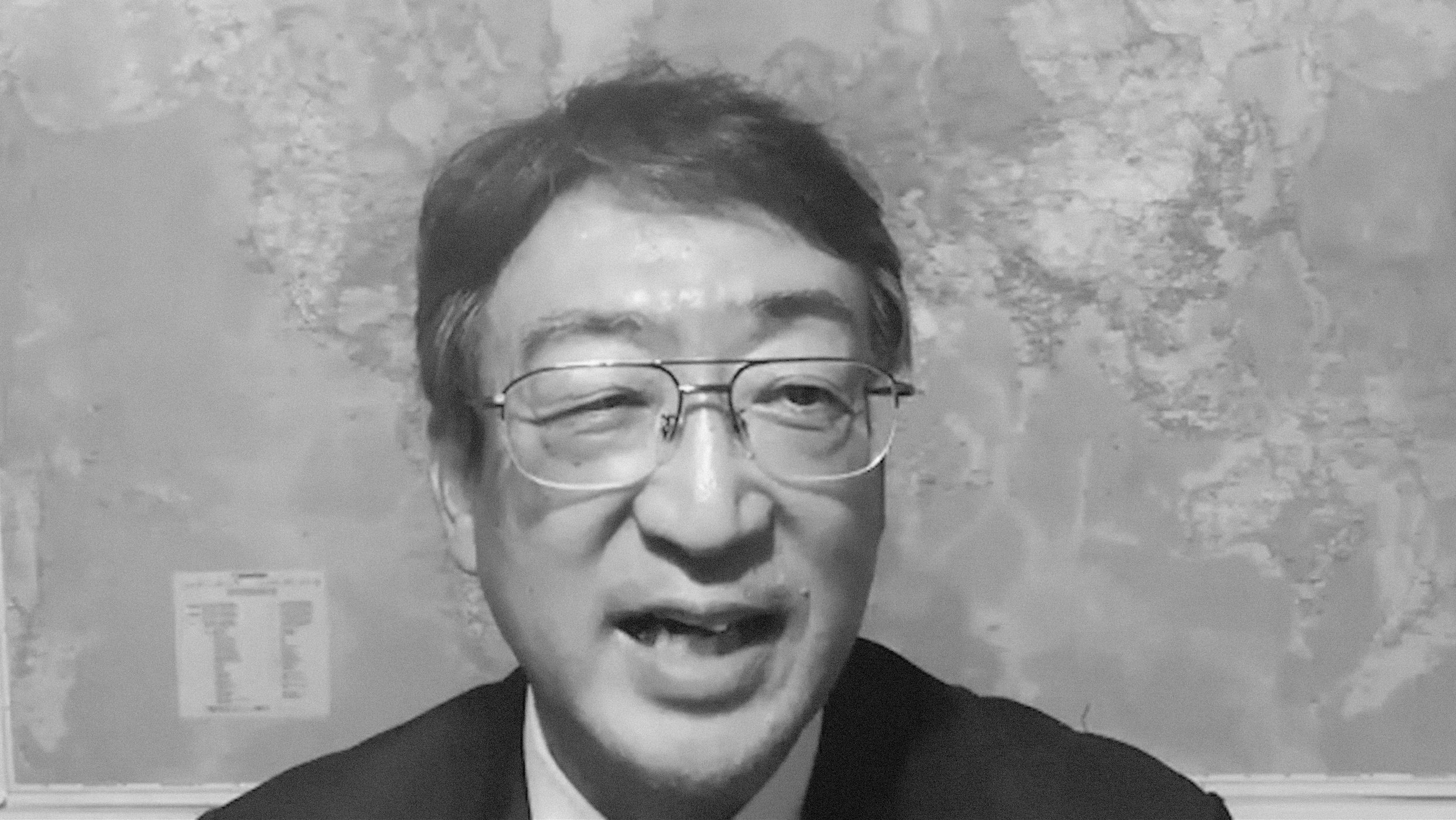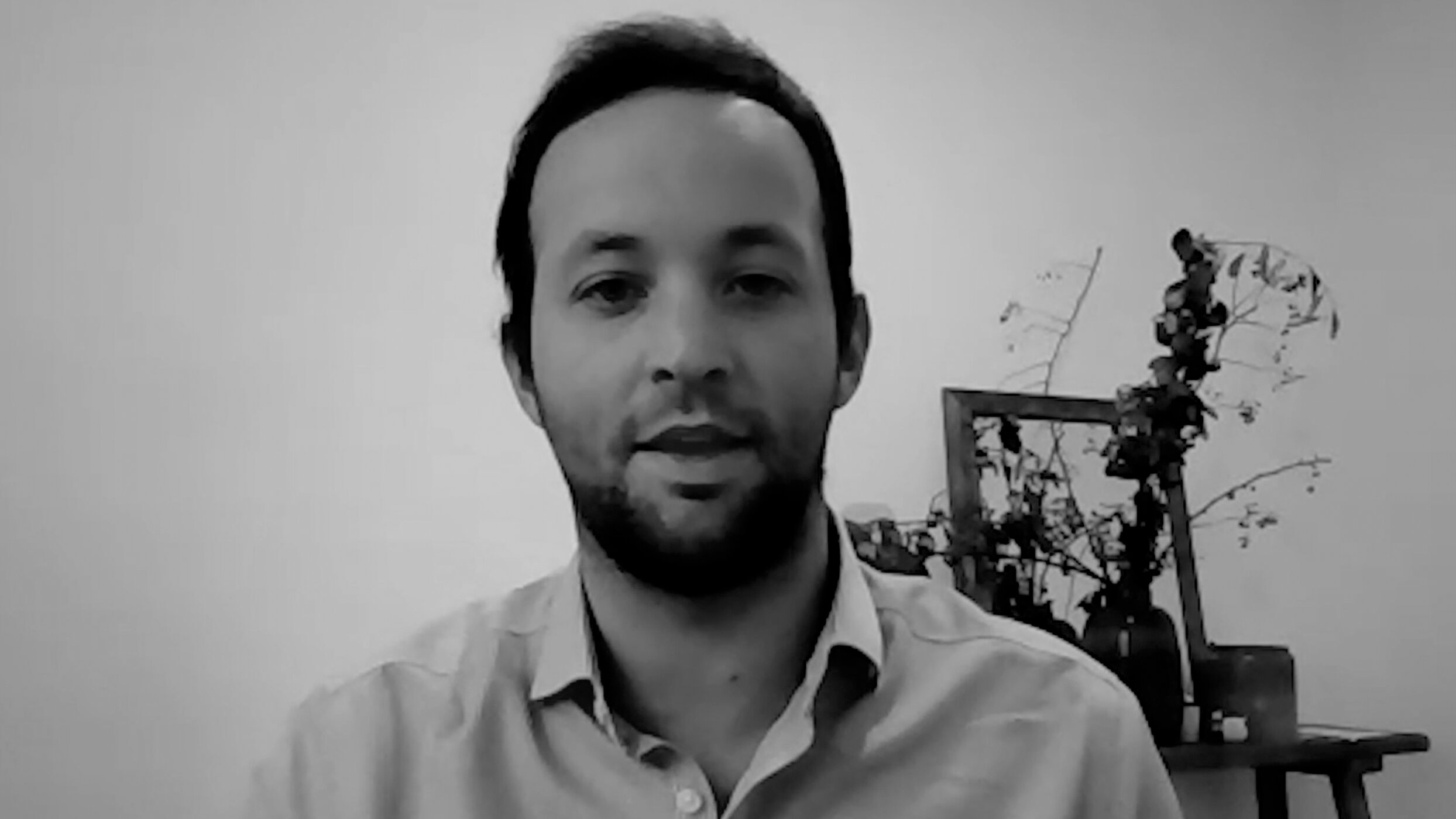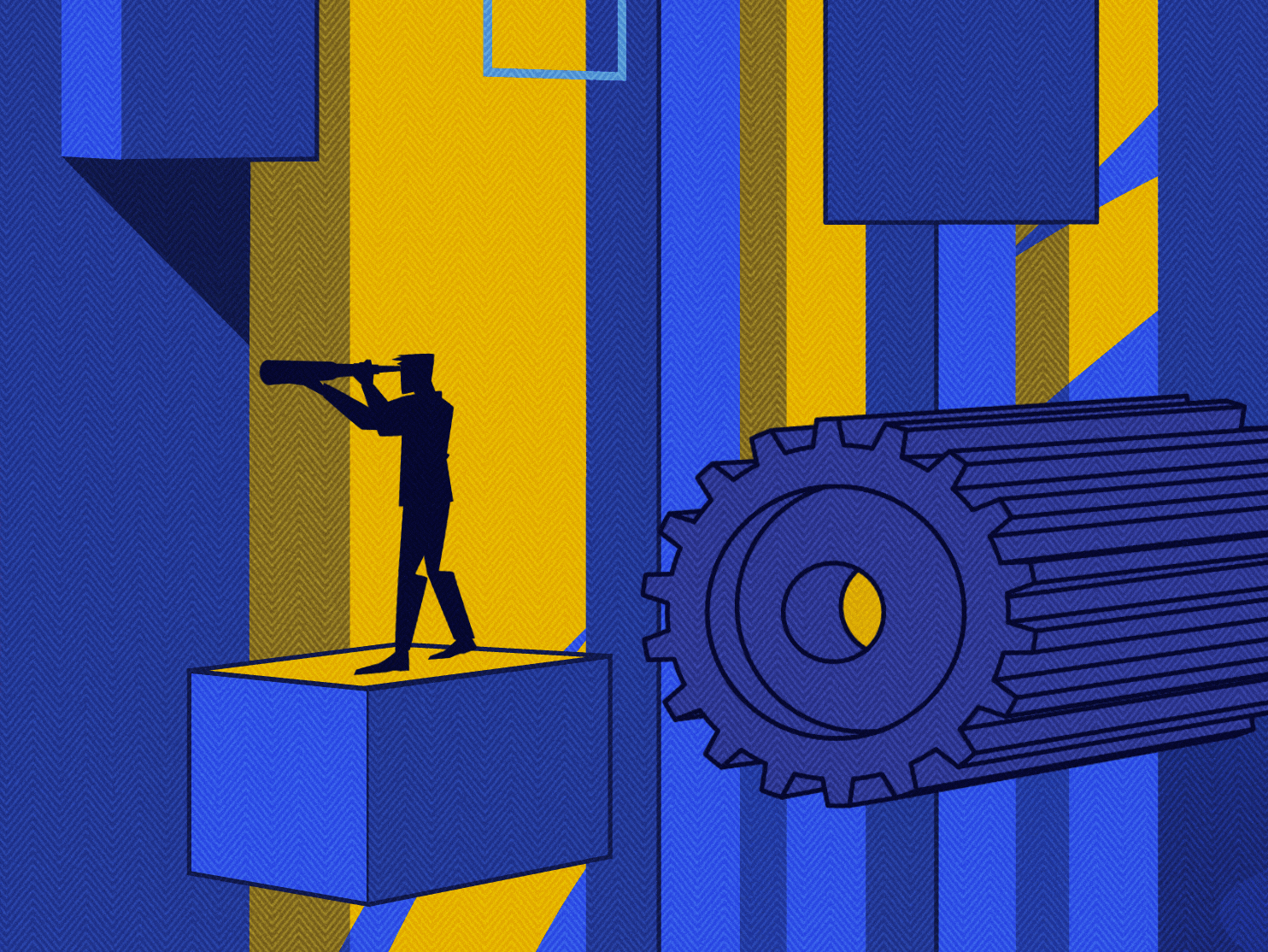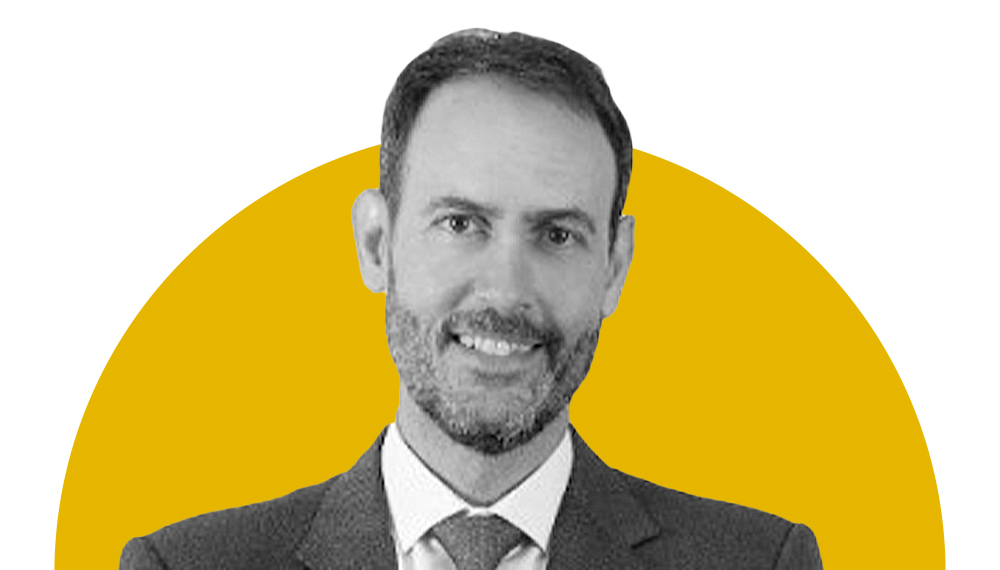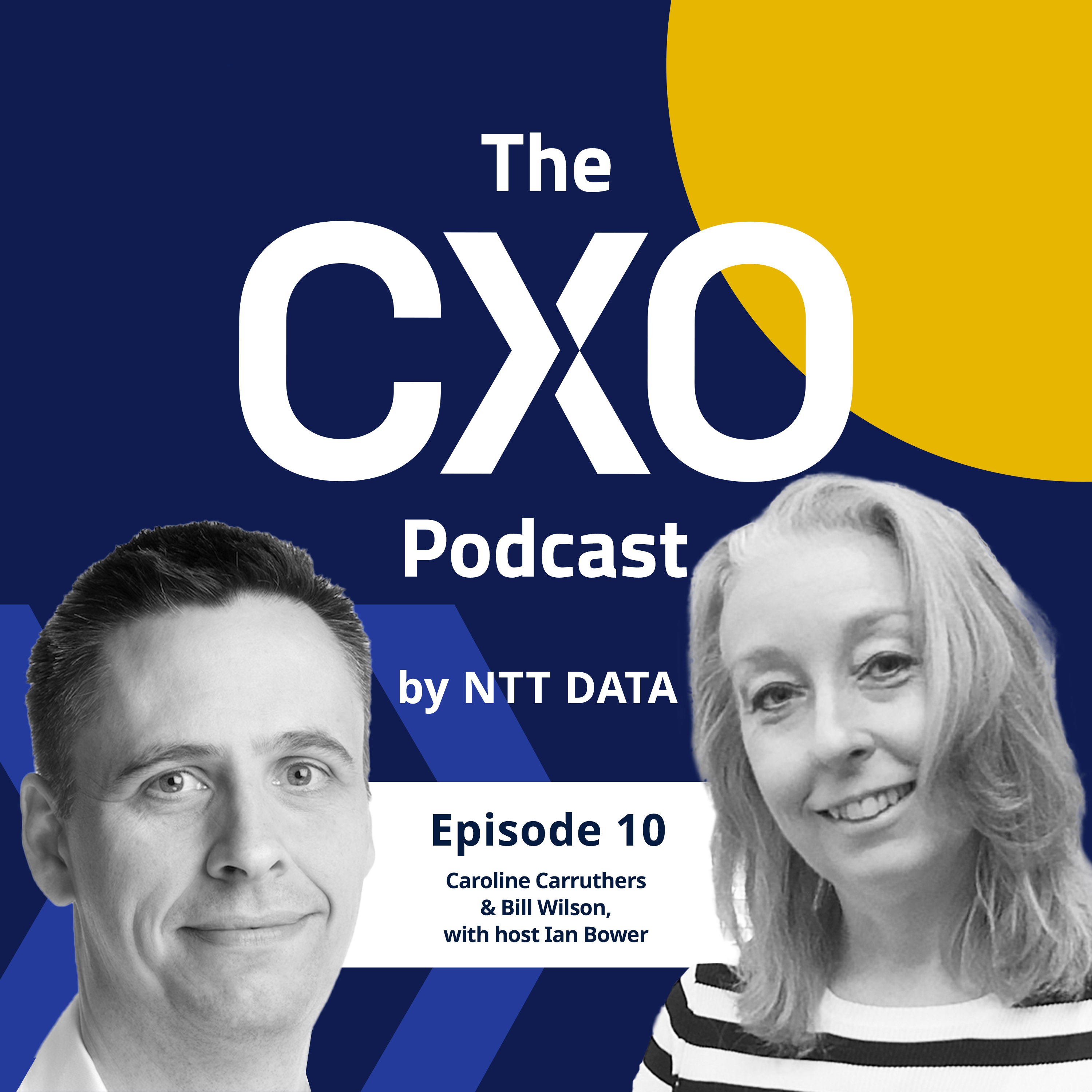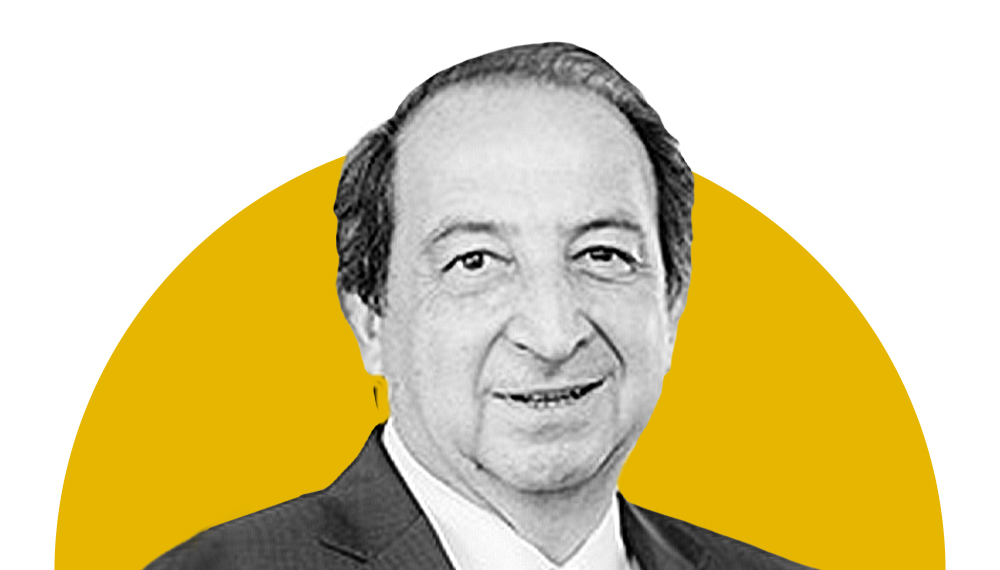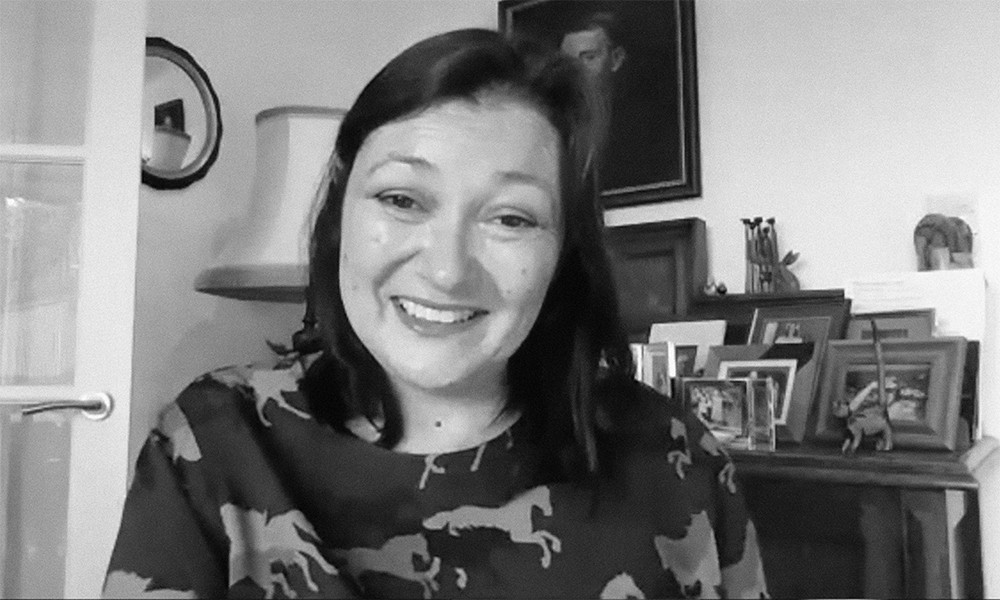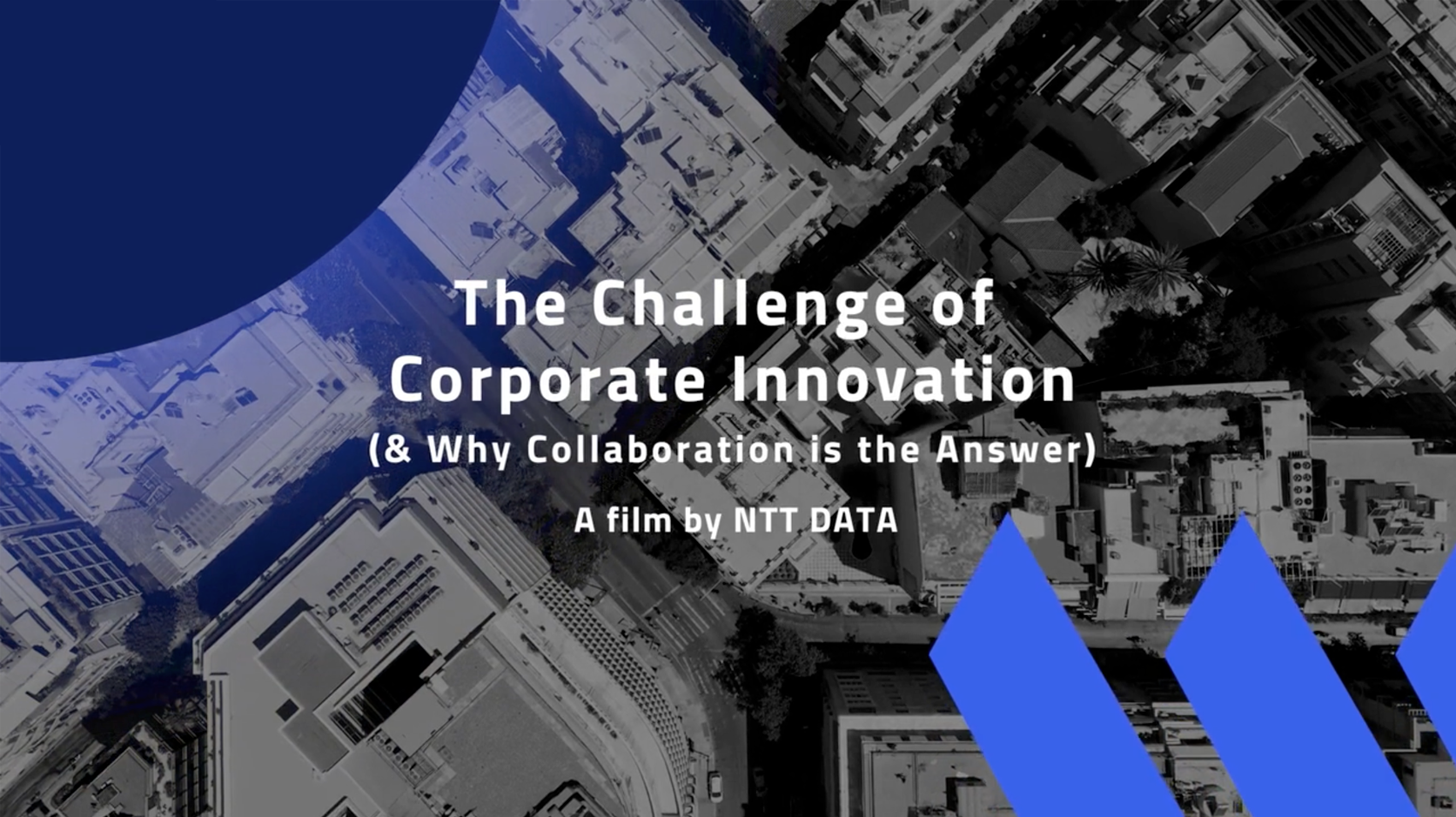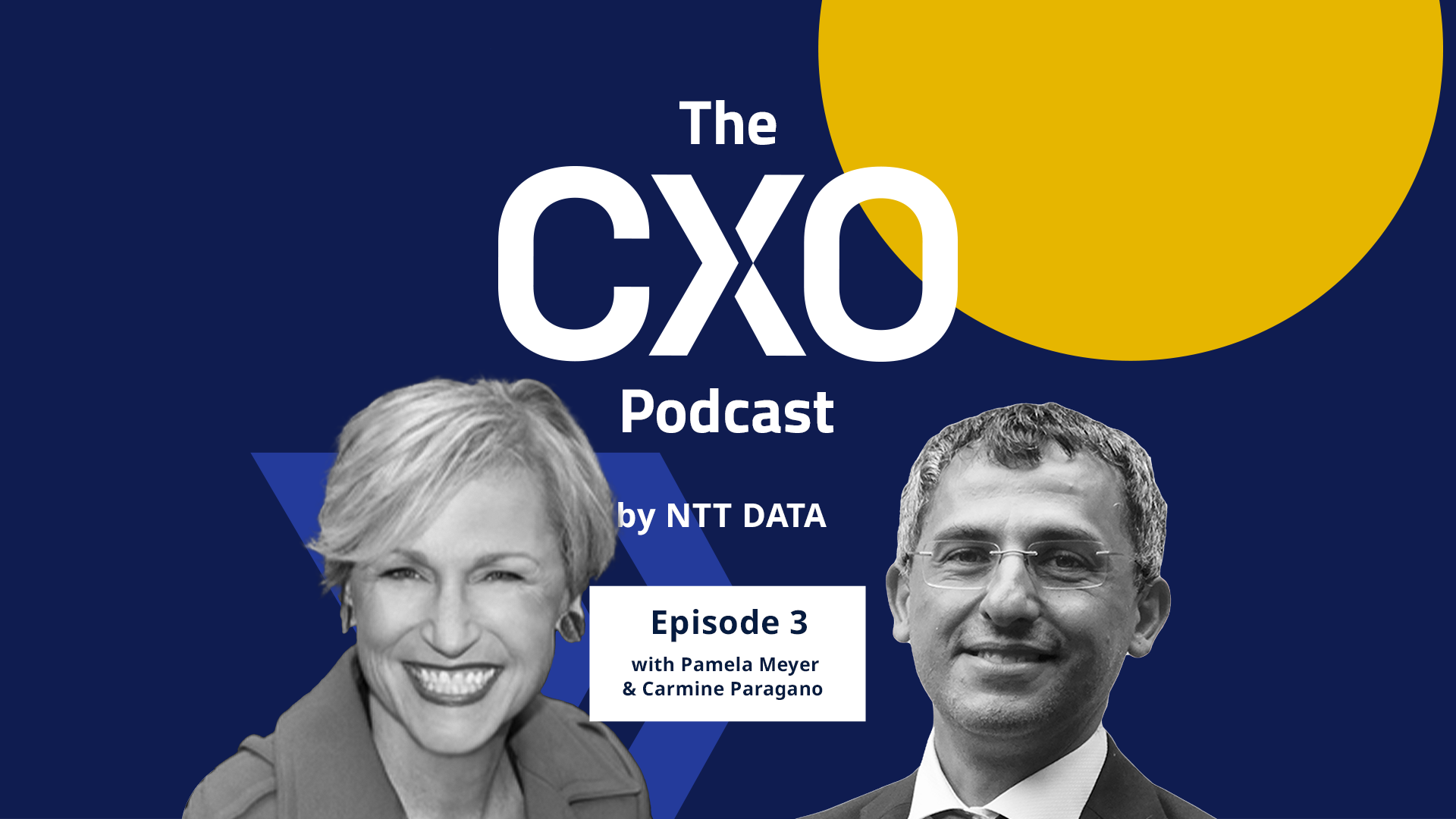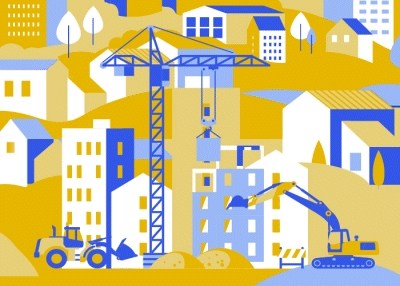The disruptions caused by the global pandemic did not create the need for business agility; they only heightened the urgency for companies that had not yet developed this critical capability.
Organisations that had already prioritised creating a culture and practices in which rapid learning and adaptation could thrive were able to quickly shift to working remotely while meeting their changing customer needs. But those whose ways of working prioritised planning, control, predictability and routine struggled to make the shift, slipping behind their peers during the Covid-19 crisis (Handscomb, Mahadevan, Schor, 2020).
Organisations across industries are now urgently working to improve agility across the enterprise. Those seeking to accelerate the process are tempted to approach leading their agility shift as a primarily operational endeavour, restructuring for a flatter, more networked organisation, forming cross-functional teams and often adopting one of many possible agile frameworks. Such enterprise agility efforts are designed to be able to quickly assess and adapt to changes in customer needs, talent requirements, market demand, supply chain disruptions, geopolitical and economic upheaval, and environmental volatility, to name a few.
The agility shift starts with a mindset shift
In their urgency to improve results, leaders often miss the most important aspect of their role: making and modelling an agile mindset shift. The goal of agile structures, systems and processes is to provide rapid feedback. When leaders receive this feedback without changing their fixed ways of thinking and perceiving, they cannot quickly and effectively learn and adapt, missing out on the value and significant promise of agile and digital transformation.
The agile mindset shift challenges our very understanding of the function of leadership.
The agile mindset shift challenges our very understanding of the function of leadership. In The Agility Shift, I describe an agile leader as “anyone who effectively responds to the unexpected and unplanned and quickly turns challenges into opportunities.” To adopt and lead with this mindset, leaders at all levels of the organisation must develop the capability to shift intentionally from being reactive to being responsive.
Slowing down to go fast
It takes time and intention to make the shift to an agile mindset. Customer-centric companies with similarly high stakes but operating in as widely differing industries as telecom and pharmaceuticals understood this when they undertook comprehensive, immersive leadership development approaches to improving agility. These initiatives were grounded in leadership development and were separate from the operational mechanics of any specific agile approach, framework or methodology they would adopt.
T-Mobile invited leaders across the organisation to participate in a two-day Agility Shift programme, based on my work and research. This work was part of an organisation-wide imperative to live into its newly adopted brand identity as the “un-carrier” and grow from 33 million customers in 2012 to the fastest-growing telecom company before the merger with Sprint. Today T-Mobile has grown to more than 102 million customers (Stearns, 2021). The company’s ability to pivot was the proudest moment for leadership, as attested by T-Mobile US’s CEO Mike Sievert:
“The ingenuity of our team to complete the largest wireless merger in U.S. history amid an unprecedented global pandemic while continuing to serve customers at a very high level is so inspiring. My biggest accomplishment, actually, all of ours, was to adapt and deliver our best year ever as a team and as a business — and in the middle of a global pandemic.”
In the pharmaceutical industry, the customer is ultimately the patient. At Roche, leaders were invited to participate in a similarly immersive, in-house designed Kinesis leadership programme with a primary focus on developing an agile mindset. “A different approach is possible,” says Tammy Lowry, head of talent innovation at Roche. “If you invite your senior leaders to show up differently personally and to reimagine how they think about business and organisations, and you are genuine about that and sustain it, it is incredible what can happen.”
Shifting to an agile mindset is neither instant nor effortless. Leaders and members of the cross-functional agile teams at UCB, a global biopharmaceutical company, engaged in several activities to develop and sustain this critical mindset shift. These activities included participating in a series of highly interactive leadership development sessions throughout their agile transformation. Each of these sessions was designed to help team members become more comfortable being uncomfortable and feel more confident communicating, collaborating and coordinating resources across departmental silos while learning and adapting through iterative cycles of co-creation. This intensive focus on people development is a core foundational focus of UCB’s patient value-driven approach to innovation.
The goal of agile is to provide rapid feedback. When leaders receive this feedback without changing their fixed ways of thinking, they are not able to quickly learn and adapt, missing out on the value and significant promise of agile and digital transformation.
James Hlavenka, then acting as Head of Agility Enablement U.S. Neurology at UCB, shared: “Our commitment to deliver transformational outcomes and experiences for the patients we serve requires us to regularly foster the curiosity and interconnectivity of our people. With an agile mindset, we intentionally prioritise learning and diversity of thought across people and teams, recognising that both are inextricably linked to our ability to unlock innovative value for our patients.”
T-Mobile, Roche and UCB are not alone in prioritising an agile mindset shift as part of their overall emphasis on delivering results. The ability to adopt an agile mindset is so critical to overall agile success. A joint study by Forbes Insights and the Scrum Alliance of 1,000 C-suite executives across industries found 83% of respondents cite an agile mindset/flexibility as the most important characteristic of today’s C-suite (2018). My research of more than 1,500 leaders across industries found a strong link between an agile mindset and overall agility; there is an especially strong link between mindset and the capability to be responsive and resourceful (Meyer, 2019).
Translating agile leadership mindset into action
The value of providing time and support for leaders to develop an agile mindset is borne out by T-Mobile’s sustained growth, as well as its rigorous Agility Shift Impact Study. Their analysis found that 78% of leaders could point to tangible business results from applying their new learning (Lanier Preston, 2019). Slowing down to go fast does not have to mean delaying results. It means being intentional and providing the resources and development pathways that set your leaders up for success.
Slowing down to go fast does not have to mean delaying results. It means being intentional and providing the resources and development pathways that set your leaders up for success.
At UCB, the impact is both measurable and striking for patients and the organisation alike: within the first nine months of the transformation, the UCB team reduced errors and realised resource efficiencies, cutting average development cycles by 26% and increasing market-readiness by 25%. This translated to an organisational capacity to become even more responsive to the needs of the patients they serve. Moreover, team members remarked how this new way of working positively impacted their team culture and productivity, self-reporting a 75% increase in favorability scores for clarity in communication and effective decision-making (UCB, 2019).
“By embracing an agile mindset that prioritises learning, team members intentionally upskilled one another outside areas of core competencies to enhance their collective team knowledge and ability to work together, better equipping the whole to leverage diverse talents and perspectives to rapidly deliver innovative value to our patients,” said UCB’s Hlavenka.
…
Leading the agility shift in your organisation means making, modelling and coaching for the mindset shift and behaviour to ensure the success of your agile initiatives. As countries, industries and customers begin to emerge from the pandemic, practices that help leaders sustain an agile mindset will be more important than ever. The very human temptation to return to normalcy invites a return to familiar thinking habits, attitudes and behaviours that favour planning and routine over learning and adapting. Pandemics may come and go, but the age of disruption is here to stay, and with it, the critical need to lead with an agile mindset.

